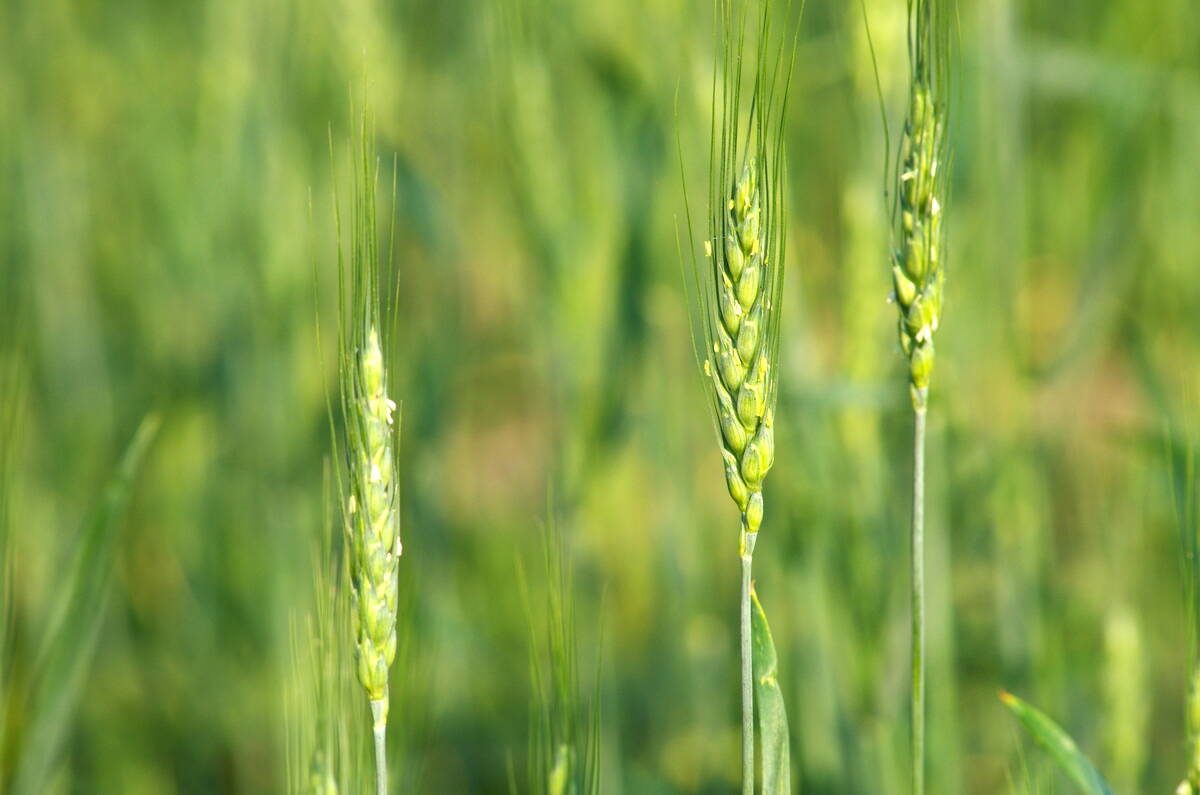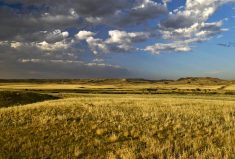Just like the canary in the coal mine, wild birds can tell us a lot about our environment and how it could affect human health.
University of Saskatchewan biology professor, Christy Morrissey says watching birds for problems could help locate issues that may affect human health, one of the driving forces behind a new research facility.
“Everything is magnified for them,” Morrissey said. “They’re smaller, their lifespans are shorter in many cases and they are so dependent on their environment.”
Spanning close to 350 square metres, the facility has six indoor bird rooms and 12 outdoor enclosures, capable of holding a large variety of bird species such as songbirds, waterfowl and raptors.
Read Also

Code cracked on nitrogen-fixing wheat?
U.S. crop breeders have created a wheat variety capable of fixing its own nitrogen rather than relying on fertilizer.
It is one of only two such facilities in Canada capable of advanced research on birds, as well as the only facility of its kind dedicated to the studies of avian wildlife ecotoxicology and medicine.
“Most of our research capacity is on aquatic animals, so we have a lot of that,” she said. “We have an animal care facility mostly for small mammals to do health research, but no dedicated space to work on wildlife and no dedicated place to work on birds, other than poultry.
“The whole concept of the facility is to do multidisciplinary research on wild birds — that could be anything from ecology and migration studies to toxicology work and veterinary medicine.”
Birds have a long, storied past as being excellent indicators of environmental conditions, Morrissey said. Like the proverbial canary in a coal mine — where the bright, chirpy bird would accompany underground miners and cease to sing once the air became too toxic — birds still act as indicators of the health of the environment and potentially the health of the environment to support humans as well.















